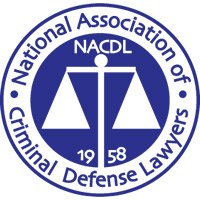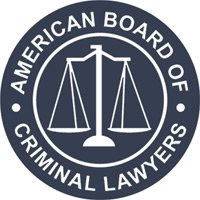CONSPIRACY
Conspiracy itself constitutes an offense, and where a conspiracy is charged, special problems present themselves with respect to joinder of defendants. Generally speaking, the Government will make a prima facie showing that otherwise unrelated transactions are part of a “series” by charging a conspiracy. Moore’s Federal Practice-Criminal Rules, §8.06[2]; King v. US, 355 F.2d 700, 704 (1st Cir. 1966); US v. Hewes, 729 F.2d 1302 (11th Cir. 1984); US v.
Dickey, 736 F.2d 571 (10th Cir. 1984). However, where the single conspiracy which is alleged in fact constitutes several separate and distinct conspiracies, a severance should be allowed. Moore’s Federal Practice- Criminal Rules, §8.06[4]; Kotteakos v. US, 328 US 750 (1946); US v. Gentry, 1071 (5th Cir. 1988) [“the Supreme Court found in Kotteakos that the parties suffered prejudice to their substantial rights from the ‘dangers of transference of guilt from one to another across the line separating conspiracies’”]; US v. Goss, 329 F.2d 180 (4th Cir. 1964); US v. Varelli, 407 F.2d 735 (7th Cir. 1969), cert. denied, Saletcko v. US, 405 US 1040 (1972); US v. Saporta, 270 F. Supp 183 (S.D.N.Y. 1967); US v. Wasson, 568 F.2d 1214 (5th Cir. 1978) [joinder of five unrelated conspiracies improper]; US v. Camiel, 689 F.2d 31 (3rd Cir. 1982) [directed verdict warranted where government failed to show a common scheme “involving all of the alleged co-schemers”. Although it would appear none was required the court found prejudice because of the spillover effect of the evidence relating to other defendant’s schemes].
On the other hand the Supreme Court has held that the mere fact the conspiracy count is dismissed prior to submission of the substantive counts to the jury does not warrant severance, unless prejudice is shown. Schafer v. US, 362 US 511 (1960).











